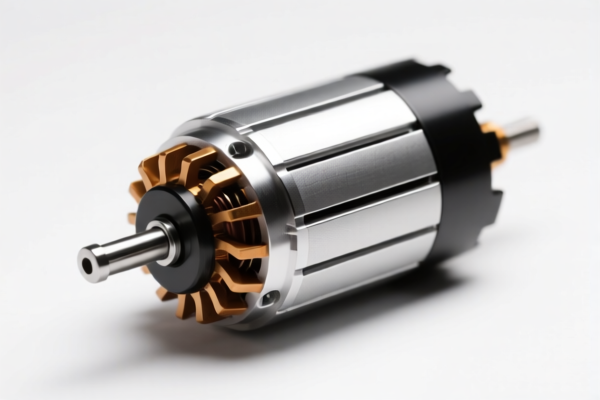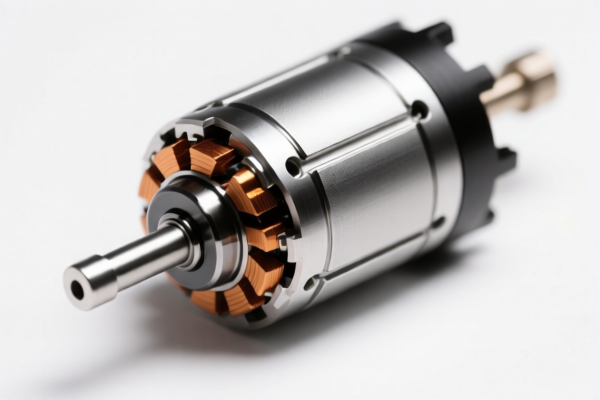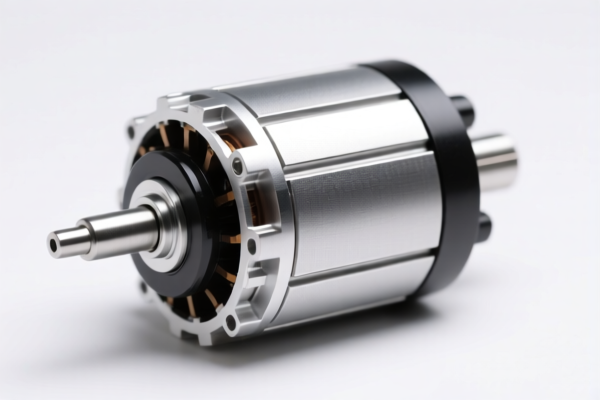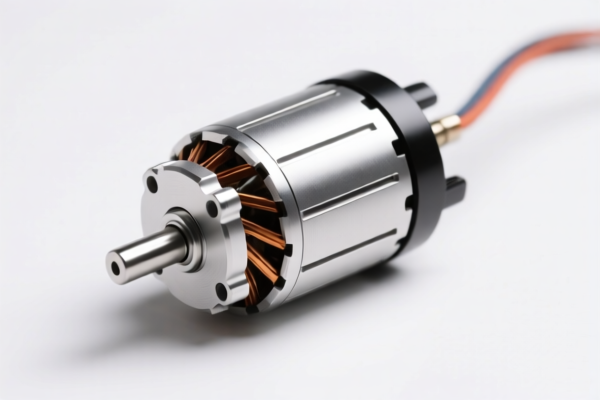| HS Code | Official Doc | Tariff Rate | Origin | Destination | Effective Date |
|---|---|---|---|---|---|
| 8501104040 | Doc | 59.4% | CN | US | 2025-05-12 |
| 8501723000 | Doc | 57.5% | CN | US | 2025-05-12 |
| 8503009520 | Doc | 83.0% | CN | US | 2025-05-12 |
| 8503009520 | Doc | 83.0% | CN | US | 2025-05-12 |
| 8543708000 | Doc | 55.0% | CN | US | 2025-05-12 |
| 8543906800 | Doc | 55.0% | CN | US | 2025-05-12 |
| 8412801000 | Doc | 55.0% | CN | US | 2025-05-12 |
| 8412809000 | Doc | 55.0% | CN | US | 2025-05-12 |
| 8487100040 | Doc | 55.0% | CN | US | 2025-05-12 |
| 8487100080 | Doc | 55.0% | CN | US | 2025-05-12 |




Intelligent Brushless Motor
An intelligent brushless motor represents a significant advancement in electric motor technology, combining the benefits of brushless DC (BLDC) motors with sophisticated electronic control systems.
Material Composition
Brushless motors, including intelligent variants, fundamentally consist of two primary components: the stator and the rotor.
- Stator: Typically comprises laminated silicon steel to reduce eddy current losses, and copper windings. The windings are precisely arranged to create magnetic poles.
- Rotor: Often utilizes neodymium magnets (NdFeB) due to their high magnetic strength, affixed to a steel core. High-strength materials are used for the rotor shaft to withstand rotational forces.
- Electronic Control System: Includes a microcontroller, power semiconductors (MOSFETs or IGBTs), position sensors (Hall effect sensors, encoders, or sensorless algorithms), and drive circuitry.
Purpose & Function
The core purpose of a brushless motor is to convert electrical energy into mechanical energy. Unlike brushed motors, which rely on physical contact between brushes and a commutator to switch current flow, brushless motors achieve commutation electronically.
Key Functions:
- Precise Speed Control: Electronic control allows for accurate and responsive speed regulation.
- High Efficiency: Elimination of brush friction reduces energy loss, leading to higher efficiency.
- Long Lifespan: Absence of brushes minimizes wear and tear, extending motor life.
- Reduced Noise: Operation is generally quieter due to the lack of mechanical contact.
- High Power Density: Can deliver substantial power relative to their size and weight.
- Sensorless Control (in advanced models): Estimates rotor position without physical sensors, simplifying design and reducing cost.
Usage Scenarios
Intelligent brushless motors are employed in a wide range of applications, including:
- Electric Vehicles (EVs) & Hybrid Electric Vehicles (HEVs): Traction motors, pump motors, and fan motors.
- Drones & Robotics: Propulsion systems, servo motors, and actuator drives.
- Industrial Automation: CNC machines, conveyor systems, and precision positioning equipment.
- Consumer Appliances: Washing machines, air conditioners, and power tools.
- Heating, Ventilation, and Air Conditioning (HVAC) Systems: Fan motors and compressor drives.
- Medical Devices: Surgical robots, pumps, and ventilation systems.
- Aerospace: Actuators, pumps, and fan systems.
Common Types
- BLDC Motors (Brushless DC Motors): The most common type, utilizing electronic commutation to switch current flow in stator windings. Typically requires three phases.
- BLAC Motors (Brushless AC Motors): Operate on alternating current and are often used in applications requiring variable-frequency drive control.
- Sensorless BLDC Motors: Employ algorithms to estimate rotor position without Hall effect sensors, reducing cost and complexity.
- Outrunner Motors: Rotor surrounds the stator, providing higher torque at lower speeds. Commonly used in drones and robotics.
- Inrunner Motors: Stator surrounds the rotor, offering higher speeds and efficiency. Often found in industrial applications.
- Coreless BLDC Motors: Eliminate the iron core in the stator, resulting in lower inertia and faster acceleration. Used in precision applications.
The declared goods are described as “intelligent brushless”. Based on the provided information, this refers to electric motors that are brushless in design and likely incorporate some form of intelligent control.
The following HS codes are relevant:
-
8501104040: Electric motors and generators (excluding generating sets): Motors of an output not exceeding 37.5 W: Of under 18.65 W: Other Brushless. This code covers brushless electric motors with an output of under 18.65W and a maximum output of 37.5W.
- 85: Electrical machines and apparatus.
- 01: Electric motors and generators.
- 10: Motors of an output not exceeding 37.5 W.
- 40: Of under 18.65 W: Other Brushless.
-
8501104040: Electric motors and generators (excluding generating sets): Motors of an output not exceeding 37.5 W: Of under 18.65 W: Other Brushless. This code covers brushless electric motors with an output between 18.65W and 37.5W.
- 85: Electrical machines and apparatus.
- 01: Electric motors and generators.
- 10: Motors of an output not exceeding 37.5 W.
- 40: Of under 18.65 W: Other Brushless.
According to the provided reference material, the HS code options related to 'intelligent brushless' are limited, with only the following 2 found.
Tax Information:
For both HS codes 8501104040, the applicable taxes are:
- Basic tariff: 4.4%
- Additional tariff: 25.0%
- Additional tariff (after April 2, 2025): 30.0%
- Total tariff: 59.4%
Customer Reviews
No reviews yet.